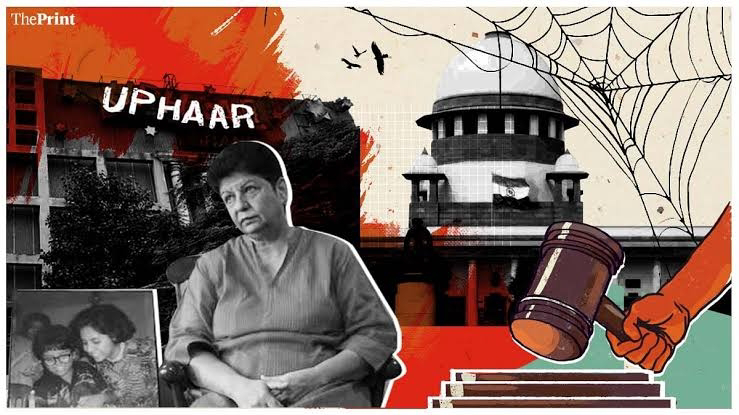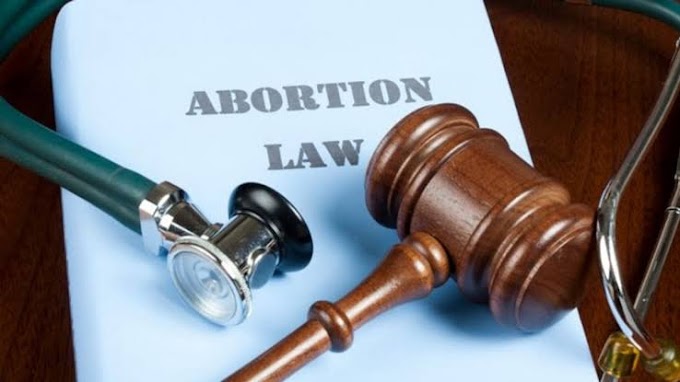UPHAAR CINEMA TRAGEDY- A TERRIFYING TALE OF LOSS AND MISCARRIAGE OF JUSTICE
INTRODUCTION
This misfortune needs no introduction. The purpose of movies is to provide entertainment and a way to escape from reality. However, on 13th June 1997 many people didn't get a chance to escape and save their lives due to negligence of owners and a flawed system. It all started with a fire that began during the screening of the movie Border at Uphaar Cinema located in Green Park, New Delhi, resulting in the deaths of 59 people and injuries to 100 others due to asphyxiation. It's known as one of the worst fire tragedies to happen in India. Even after 26 years, families are waiting for justice to be delivered. This case perfectly explains the meaning of the legal maxim ‘Justice delayed is justice denied.’
This catastrophe also sheds light on how owners neglected fire safety measures, inadequate training was given to staff and most importantly temporary permits that were obtained from licencing authority even when the licence was suspended in 1983. They broke multiple safety laws, but the authorities nonetheless gave them a No Objection Certificate (NOC).
Factual background
Gopal and Sushil Ansal owned the Uphaar Cinema in Green Park, Delhi. On June 13, 1987, at approximately 6:55 am, the larger of the cinema's two transformers caught fire. The fire was put out by 7:25 am. Three of the low tension wire leads for the transformer were partially burned, as seen by the authorities after they inspected them. The Delhi Vidyut board fixed it, and the transformer was operational again by 11:30 a.m. However, the repair was done without the help of a crimping machine and resulted in loose connections causing a hole in the radiator fin. At 4:55 p.m., oil began to pour from this hole, and when it came into contact with the loose connections, it caused a fire. Consequently, it spread to the parking area setting ablaze 28 cars. The smoke from the fire reached the stairs and travelled through the air ducts to the cinema hall where the movie was being shown. The audience on the ground floor made it out safely. However, people in the balcony were trapped due to lack of power supply, extra seats on the right side of the balcony which blocked people’s way; door to middle entrance was locked by the gatekeeper, lapses in security measures etc. Smoke and carbon monoxide released by the burning oil and other combustible materials started choking audience in the theater. As a result of everything, 59 people died and about 103 were injured.
Investigation
Initially, a magisterial probe (judicial review) was conducted, and its report was submitted on July 3, 1997.Its report stated that Cinema management, Delhi Vidyut Board, the Delhi police's licensing branch, city fire service, and the Municipal Corporation were accountable for this incident. The report also highlighted how Cinema management was at fault by not making any announcements, movie was not stopped, exit signs were not battery operated so when power supply was cut it was not visible to the audience etc. Delhi police turned over the investigation to the Central Bureau of Investigation (CBI). It filed a chargesheet on November 15th, 1997, listing 16 accused, including Sushil and Gopal Ansal for violating pertinent articles of the Cinematograph Act of 1952, endangering life and causing death by negligence.
Trial
'The Association of Victims of Uphaar Fire Tragedy' (AVUT) filed a civil compensation case where the Delhi High Court granted civil compensation totaling Rs 25 crore to the victims' families, which includes Rs 15 lakh for each relative of a victim who was under 20 at the time of the tragedy and Rs 18 lakh for each relative who was above 20. In addition, the Ansals were told to spend Rs 2.5 crore to establish a trauma centre which is now known as the AIIMS Jai Prakash Narayan Apex Trauma Centre. After the appeal by Ansals, the Supreme Court reduced the amount and directed them to pay Rs 10 lakh for adults, and Rs 7.5 lakh for children in 2011.
The prosecution finished recording the testimony of 115 witnesses by the year 2000. The lawsuit had 344 hearings in the first seven years and lasted a decade. A trial court judge visited the Uphaar cinema auditorium nearly nine years after the tragic incident along with CBI to inspect the theatre.
In 2008, it was alleged that Ansal brothers were involved in tampering with important documents of the case with the help of a clerk in 2003.They were summoned with four others under Sections 120-B (criminal conspiracy), 201 (causing disappearance of evidence or giving false information to screen offenders) and 409 (criminal breach of trust) of the IPC.
In 2007, twelve people including the Ansal brothers were found guilty of various charges, including death caused by negligence. They received a maximum punishment of 2 years and were fined for violating Section 14 of the Cinematograph Act. However, in 2008 Ansals’ sentences were reduced from two to one year.
A string of events took place from 2008 to 2022. In 2009, SC granted the brothers’ bail, but they were convicted by the Apex court again in 2014.The Ansals were found guilty of tampering with evidence and received a seven-year prison sentence and fine in November 2021.They were freed in July 2022 on the grounds of old age.
Public outcry and Activism
The fire incident sparked massive demonstrations and public outcry against the negligent movie theatre owners and careless behaviour by the authorities in charge of safety inspections. ‘When you believe in something, fight for it. And when you see injustice, fight harder than you've ever fought before.’- AVUT being a prime example of this quote given by Brad Meltzer. The Association of Victims of Uphaar Fire Tragedy (AVUT), which was later founded by the victims and the families of the deceased, filed the landmark civil compensation. They have been fighting the legal battle for 26 years and the organisation works to create awareness among the people by conducting various activities.
Conclusion
There are many more cases like Anaj Mandi Fire Tragedy, AMRI Fire Tragedy, Kumbakonam School Fire etc. sadly shows how institutions neglect basic safety precautions. Comprehensive measures should be taken to prevent such incidents like regular fire drills should be conducted and adequate training should be given to employees. Fire detection systems including smoke detectors should be installed. If the power supply is cut due to any reason there should be provision of emergency lights and illuminated exit signs to guide people towards exit. The flammable substances should be stored properly and regularly inspect electrical systems. These incidents are a stark reminder of how vital it is to guarantee strict adherence to fire safety measures and regulations to prevent such devastating tragedies. In an interview with The Indian Express, Neelam Krishnamoorthy (mother of two children who died in this incident) said, “We didn’t spend as much time with our children on this Earth as we have seeking justice for their murders. We are serving a living death sentence; it has been 26 years, and it is still on.”
Sources
**Author- Trisha Kalash, A student at Government Law College, Mumbai




![Freedom of Speech in India [Indian Supreme court and Law of Sedition]](https://blogger.googleusercontent.com/img/a/AVvXsEiGLLUmLKq5Da6xDZplasOZHKRj-jOhWPkoeuy0_Eq757tUpOiHz-xooXwIlAjF0-hmBfi-TtMIv6on_sVgBXVq4wbWwnbsqLOcNX22S8C2aSq-ZuK3vn9wWAx8tXByYOBfwc0hs6b8RJV84YNFG2greouGKjup6g8kN-xVlchW33VHdSSmrhLC1BUEVbGp=w680)





